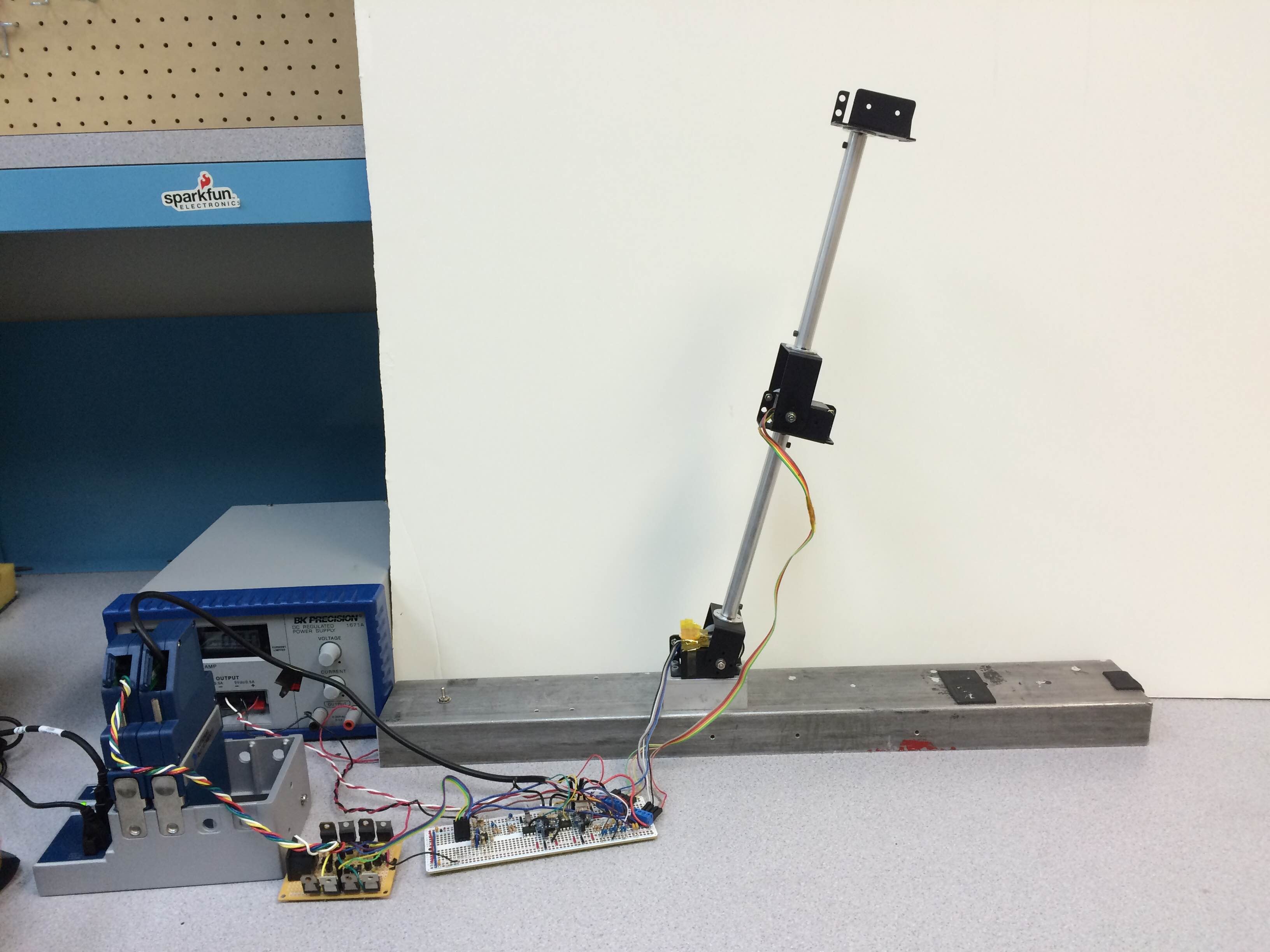Applied Dynamics Lab
Marc Frank and Ramona Fittipaldi
This week we were placed into our groups after two weeks of lectures and lab work. We were assigned to the Applied Dynamics and Optimization Lab with Prof. Kim. We quickly learned what applied dynamics and optimization entail by observing the different artifacts in the lab, e.g., the different circuits, the robot Darwin, and a robotic arm. These artifacts relate to applied dynamics in that they are used to study energy and stability of organisms and robots. The robots allow researchers to better understand the kinematics of motion of these objects in order to optimize energy usage. Prof. Kim assigned us numerous articles to read. The first article, “Dynamics of Human Gait”, discussed the gait cycle, which consists of the stages of human steps. We also received a sheet with gait cycle terminology. We used this sheet to better understand the topic. After reading the gait cycle articles, we read “Energy Expenditure of Biped Walking Robot: Instantaneous and Degree-of-Freedom-Based Instrumentation with Characterization Relative to Human Gait Energetics,” which discusses the energy that it takes for a humanoid to walk and compares it to humans. Another document we read was the robotic arm manual, which taught us how to enter data and about the components of the robotic arm. The next few days, we spent on the computer setting up static tests that allowed us to analyze the robotic elbow and shoulder movement at various angles. To the right is a photo of the robotic arm during one of the static tests.
